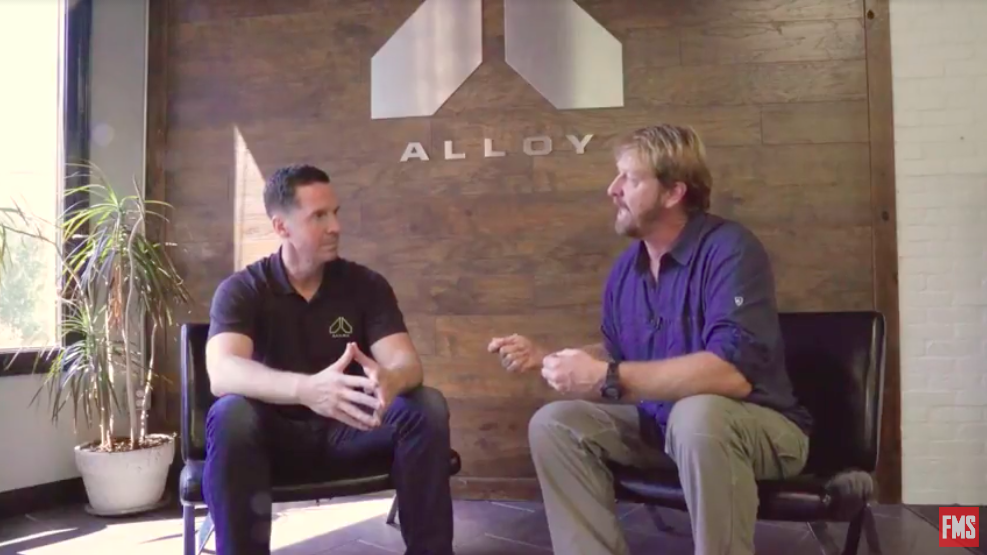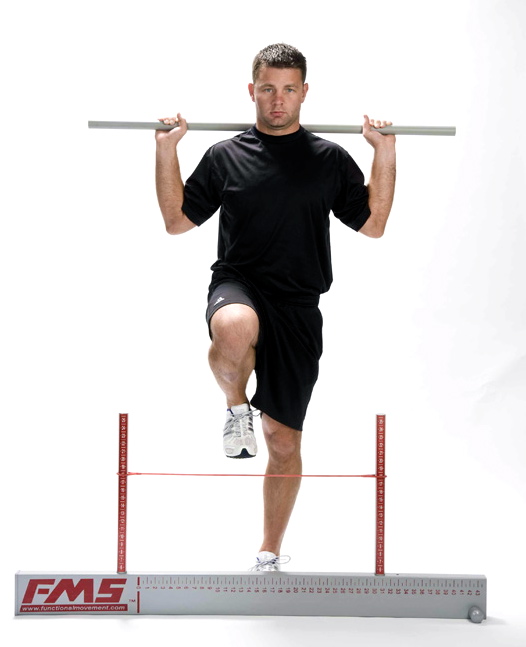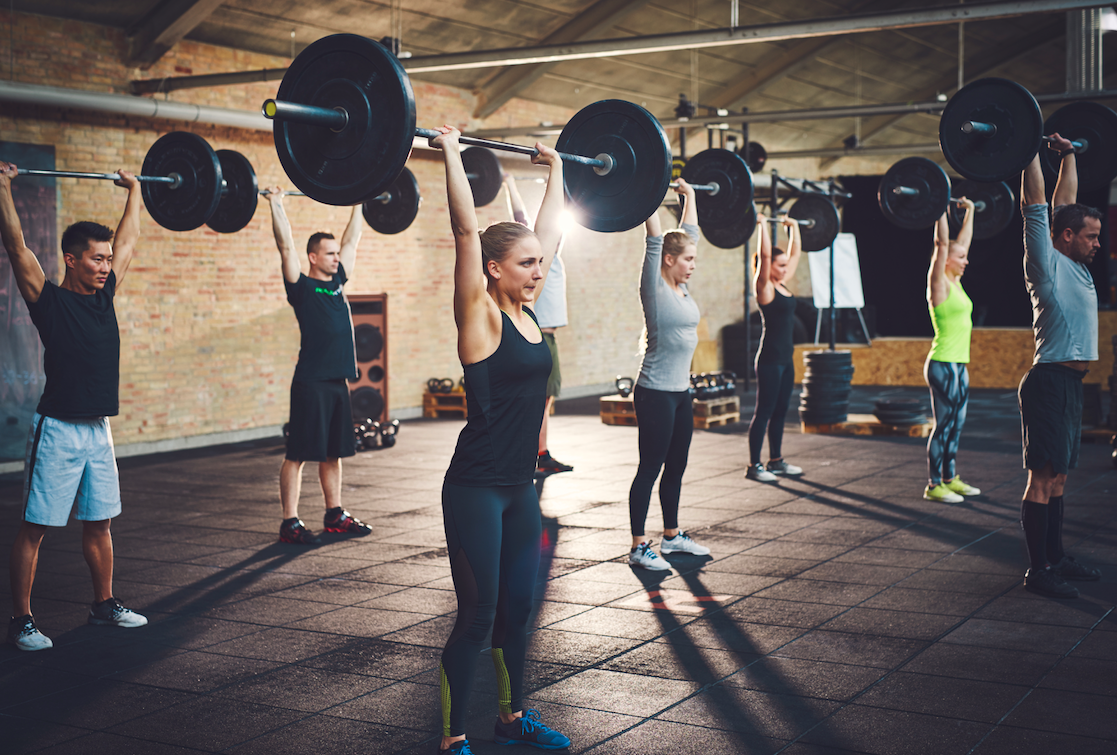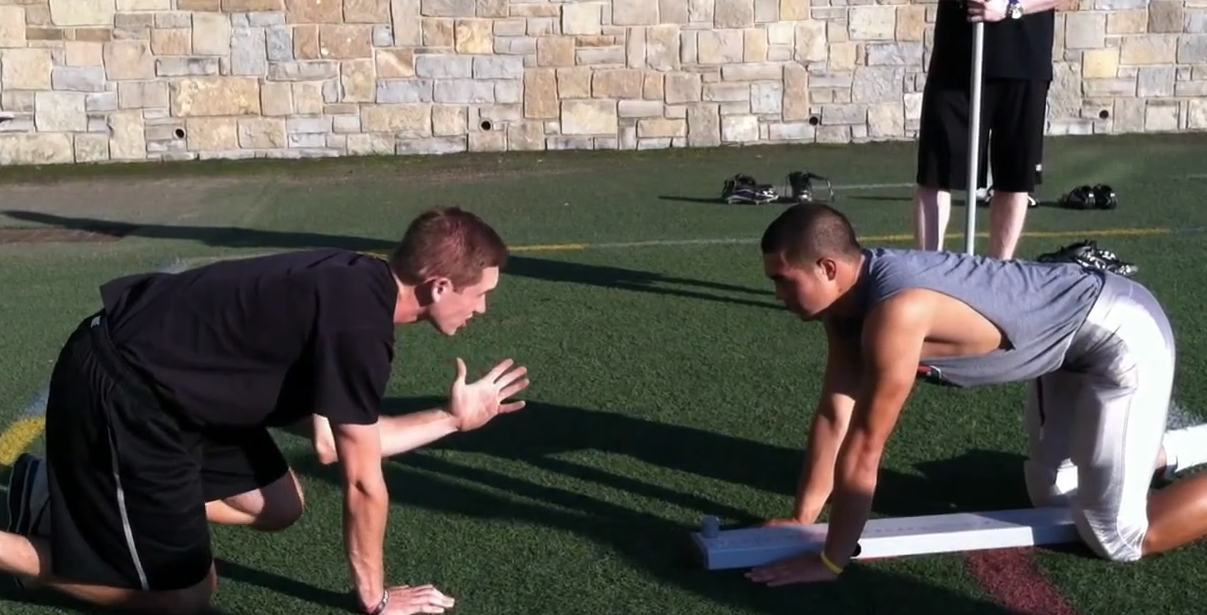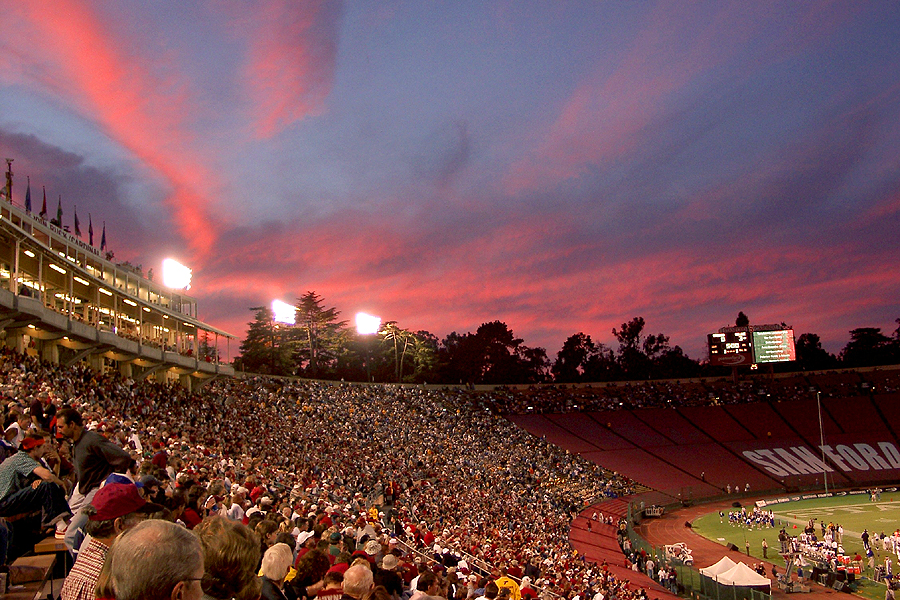On Seed and Soil
Written by Gray Cook FMS
“Do you understand the interplay between seeds and the soil?” Can you imagine going to a lecture on movement screening, corrective exercise and injury prevention and hearing that come out of the instructor’s mouth? Well that’s exactly what happened. Read on…
I try to leave time in most of my lectures for a question and answer session. A few weeks ago I was speaking to a large group and noticed all the questions were directed toward exercise topics without any qualifying information. The participants were asking questions with what seemed an absolute undertone. They did not comment on the particulars of a situation; they wanted unconditional responses to questions like—
- Which exercise is better, Exercise A or Exercise B?
- Are squats better than deadlifts?
- Which core move most activates the deep abdominal musculature?
Instead of attempting to answer these, I challenged the audience to ask better questions. My intention was not to offend, it was to educate. Straight answers to those questions would not help as much as they thought.
I often use metaphors to make my points. My friends call these Cookisms. On this day, I used one as I directed a question back to the group: Would you categorize exercise as the seed or the soil? I’m sure more than a few thought I was crazy, but I asked that they humor me for a moment.
After some discussion, the consensus was that the seed was the exercise—the specific activity—and the soil was the body and its fundamental movement patterns. The thinking was that the body and its fundamental movement patterns support a vast array of complex abilities for activity and exercise.
As infants we follow a very predictable path of fundamental movement acquisition. The crawling and climbing patterns give rise to the reciprocal action of the arms and legs with toddling, walking and eventually running. Once we master the basics, we use the fundamentals as a foundation for the pursuit of activities that most engage our individual interests.
Regardless of where we end up, ultra-marathons or recreational golf, we cannot deny our common movement pattern foundation. This being said, we often ask questions about exercise that assume all bodies are created equally and therefore the only variable to discuss are the available exercise choices. This is not the case—it’s not even close!
Although we have the same common movement fundamentals, they are rarely preserved in their pristine or authentic forms. Injuries, poor posture habits, poor training choices and many other circumstances distort our fundamental movement pattern foundation. Movement screening and assessment does not assume we have all maintained our fundamental movement patterns. These systems set out to establish the level of fundamental movement competency that is currently present, because without the fundamentals, the desired functions will be somehow compromised.
Early agrarians understood that not all soil was the same. Through the mistakes of their ancestors, modern farmers have learned soil is a complex organism that can be easily mismanaged and depleted.
It was once thought soil could be perpetually productive if we simply gave it three supplements. The three primary macronutrients: nitrogen (N), phosphorus (P), and potassium (K) are the most common symbols in modern fertilizer. The overuse and abuse of soil with these incomplete fertilizers also brought forth the modern organic movement. Once we only looked at short-term crop yields and productivity, and it seemed just adding the three macronutrients was sufficient. We now know soil and its quality are as important as the seed. Soil quality cannot be authentically reinstated with the addition of only three additives.
Likewise, we cannot impose generic exercise packages and expect all bodies to perform equally. We have recently learned that physical performance does not represent physical durability. If we discuss soil and seed separately, we demonstrate our ignorance of the subject matter. However, if soil quality is established, seed specificity can then be discussed intelligently. In parallel, if we always consider movement pattern competency as a prerequisite to exercise and activity, we will display a more comprehensive understanding of the body and its potential productivity.
Back to my lecture: With this perspective I then dropped the bomb, “Do you understand the interplay between seeds and the soil?”
Some seeds deplete the soil; some seeds rejuvenate the soil, and it is sometimes necessary to alternate crops on the same soil to preserve its productivity. Some soil is not ready for work and some soil has greater potential productivity than initially realized. The only way to know is to test the soil and know the potential of the seeds. Those who take the time to understand the connection are the true professionals.
Ultimately, you must agree you can change the seeds, but you are stuck with the soil you’re on. And unlike land, which you can sell, you’re stuck with your body and those you must help. Logic dictates that we discuss the soil and seed together, and never expect a complete answer if we insist on only discussing half of the relationship.
Related Resources
-
My Body Let Me Down . . . Again
Posted by Gray Cook

